The Unifying Power
of Music
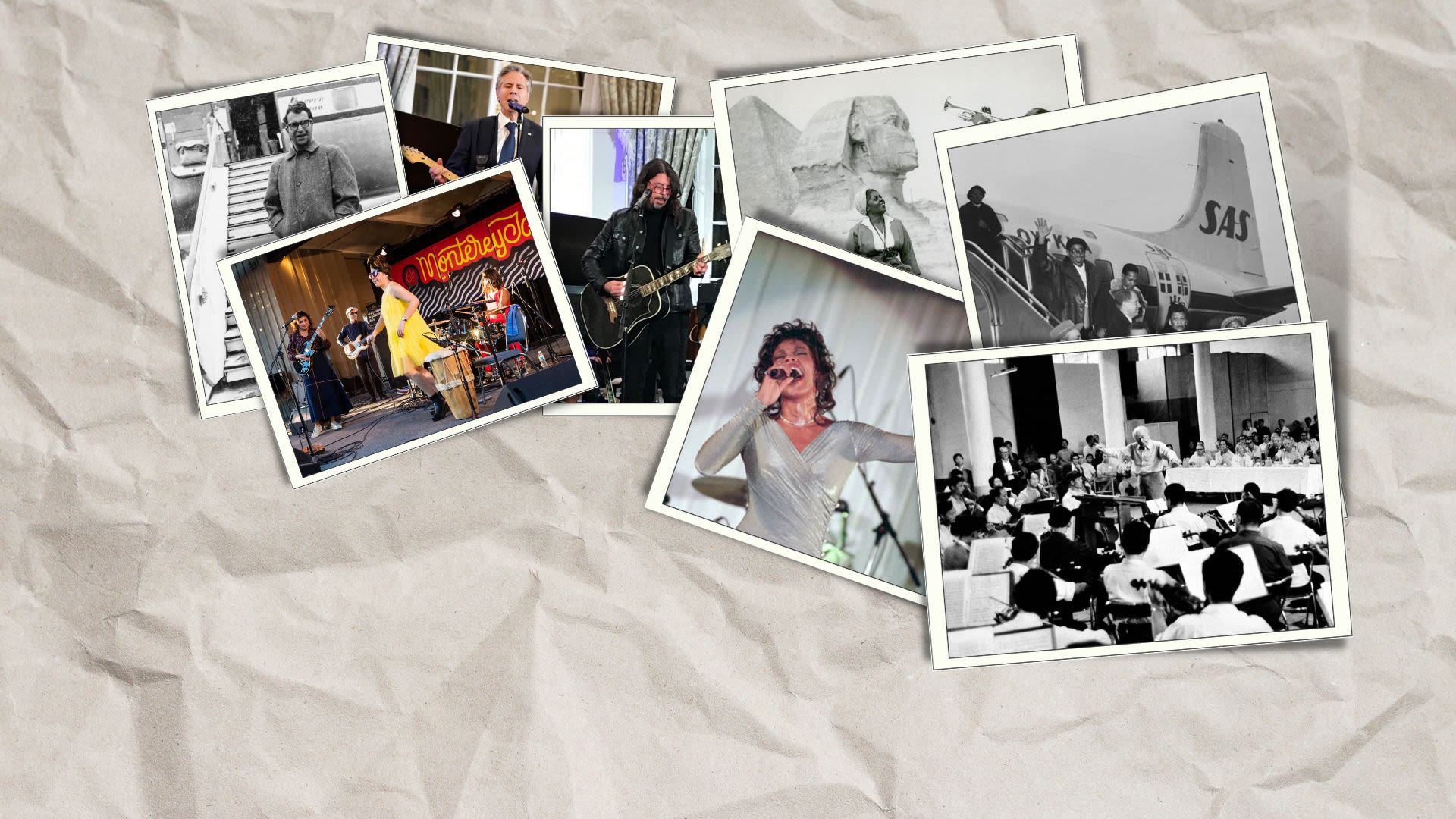
The rhythm of the human heart is the same everywhere. That’s how jazz pianist Dave Brubeck described music's power to connect people through rhythm and sound.
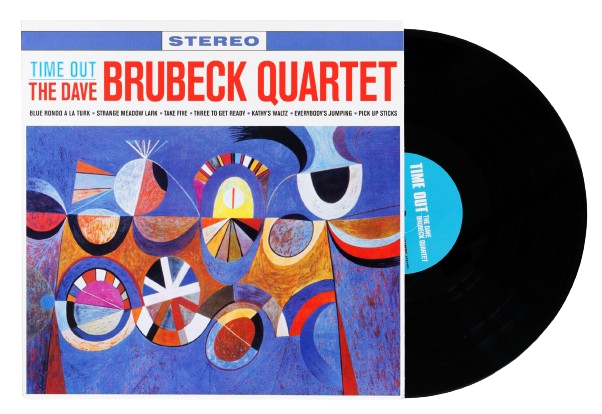
(© CBW/Alamy)
(© CBW/Alamy)
The Dave Brubeck Quartet perform "Take Five" in Moscow May 31, 1988. (Courtesy of Ronald Reagan Presidential Library)
The Dave Brubeck Quartet perform "Take Five" in Moscow May 31, 1988. (Courtesy of Ronald Reagan Presidential Library)
For decades, the U.S. Department of State has enlisted the talent of American musicians to promote peace and forge connections among the world's people, even in countries where political ties to the United States have been limited. American jazz greats, including Brubeck, played in Eastern Europe and even Moscow during the Cold War. A symphony orchestra from Philadelphia toured China in the 1970s, as the two countries worked to improve relations.
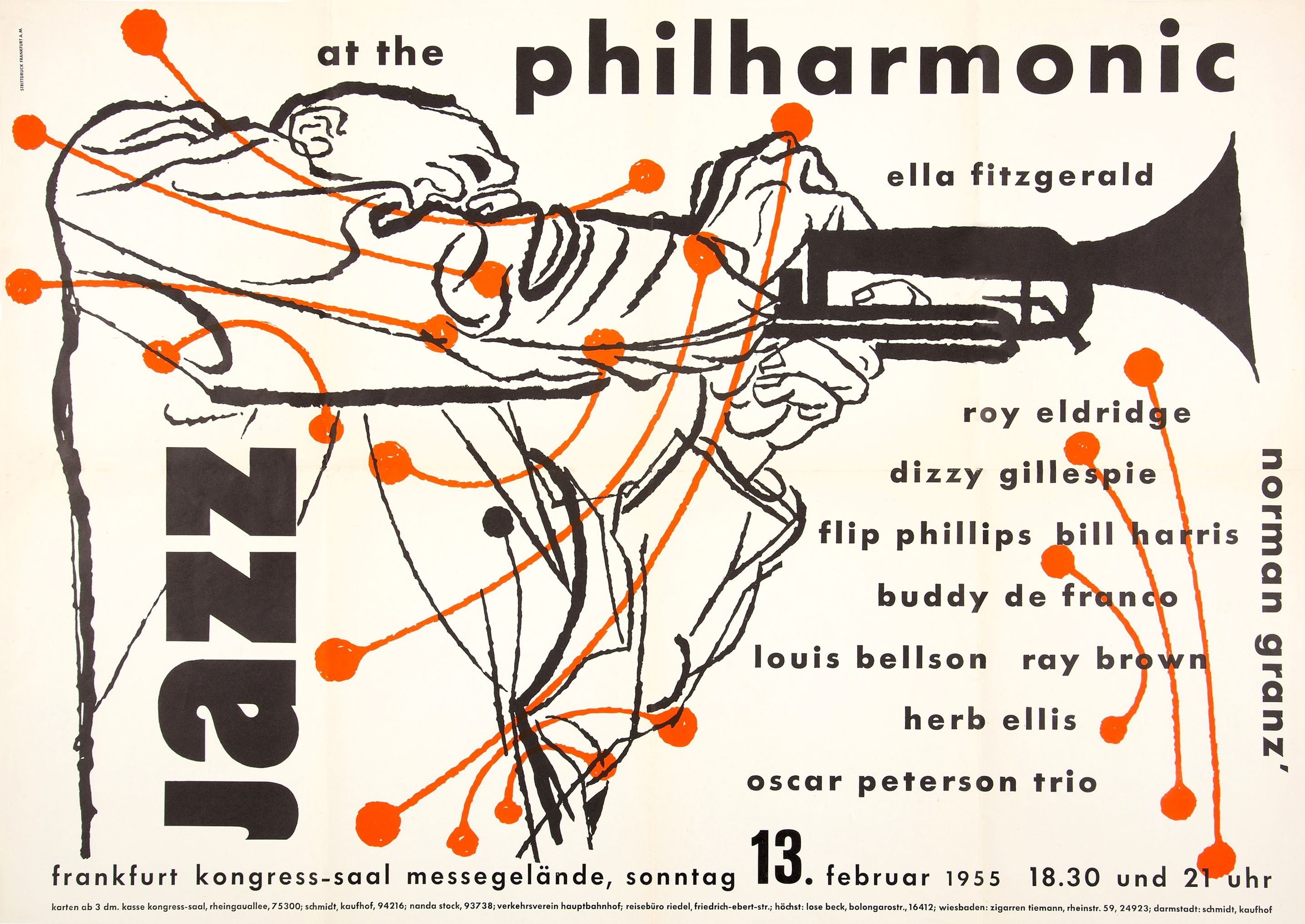
A poster promotes a February 1955 jazz show in Frankfurt, Germany, part of American producer Norman Granz's "Jazz at the Philharmonic" series. (© Pierce Archive LLC/Buyenlarge/Getty Images)
A poster promotes a February 1955 jazz show in Frankfurt, Germany, part of American producer Norman Granz's "Jazz at the Philharmonic" series. (© Pierce Archive LLC/Buyenlarge/Getty Images)
While playing to large crowds and trading techniques with local musicians, these top-tier performers also served as cultural ambassadors. Today, talented U.S. musicians still foster collaboration through programs that unite performers across continents to create new music, build networks, and even start new bands.
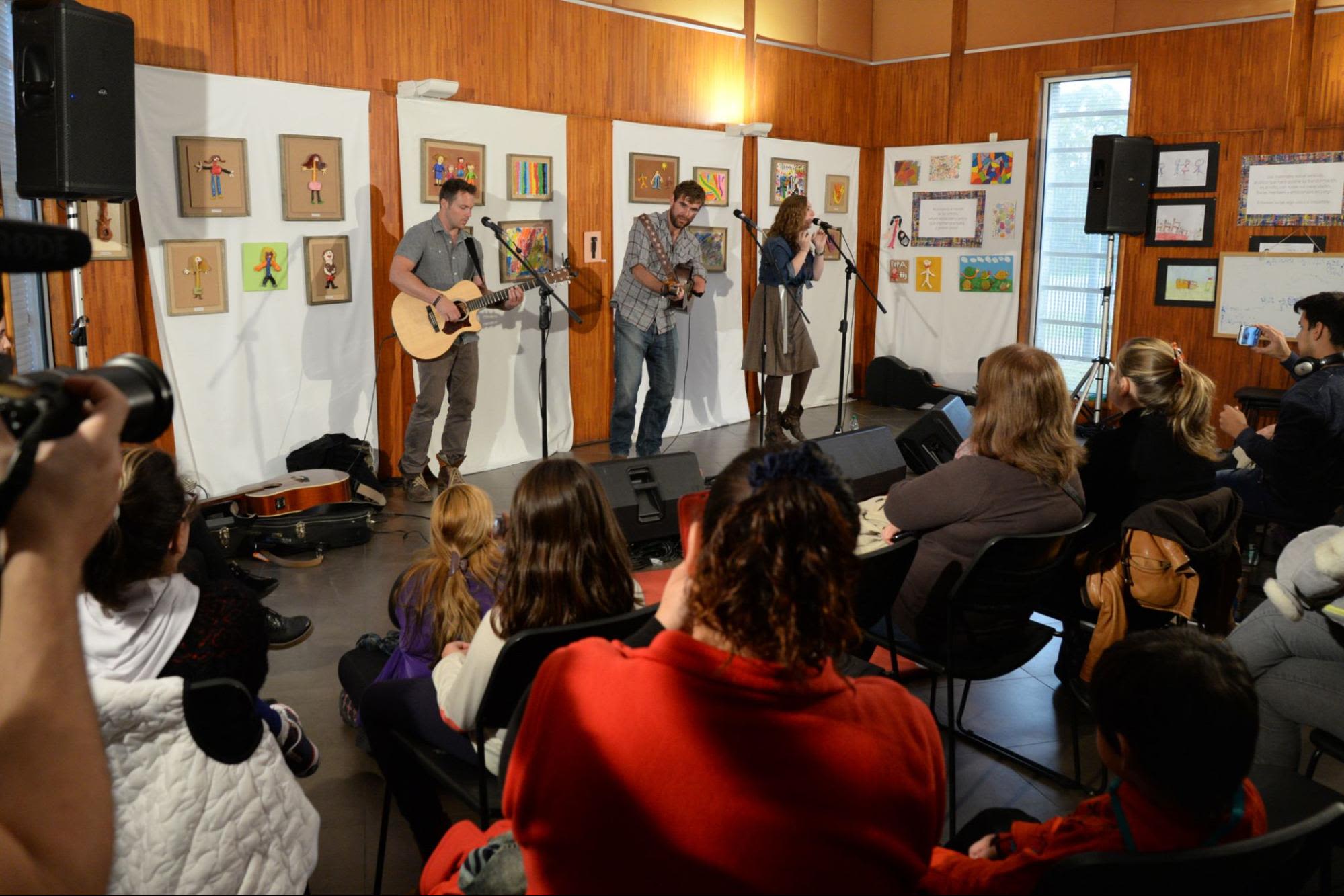
Tony Memmel (center), performs in Uruguay as part of the State Department's American Music Abroad Program. (U.S. Embassy Uruguay/Juan Francisco Casal)
Tony Memmel (center), performs in Uruguay as part of the State Department's American Music Abroad Program. (U.S. Embassy Uruguay/Juan Francisco Casal)
What follows are some of the greatest hits of America’s music diplomacy, including performances whose joy overcame any political differences.
These clips remind us that, as Secretary of State Antony Blinken says, “music at its core is about a bond rooted in our shared humanity.”
Welcoming U.S. jazz ambassadors
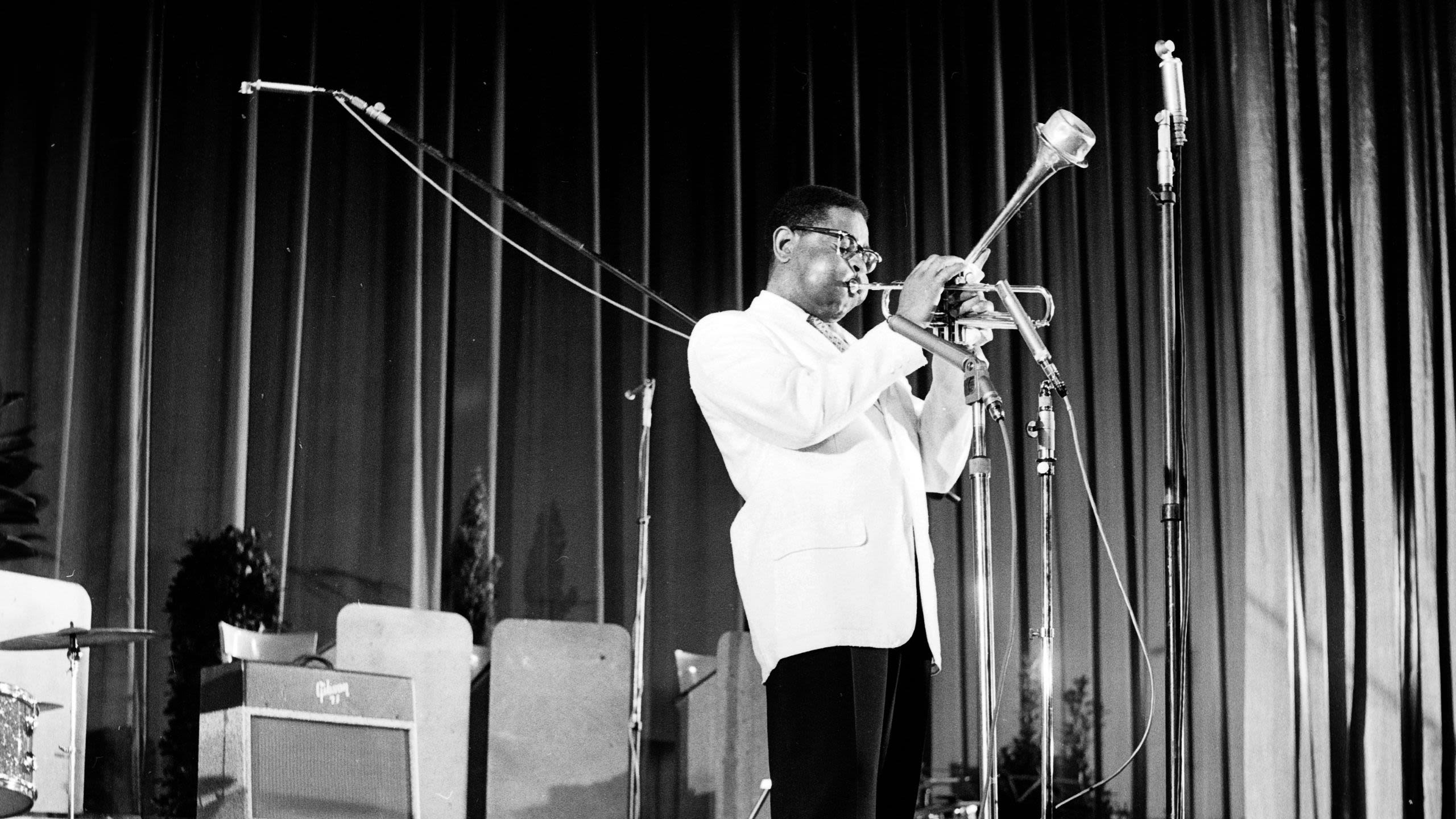
In March 1956, the State Department enlisted Dizzy Gillespie as America’s first jazz ambassador. Gillespie’s band toured southern Europe, the Middle East and South Asia, where most audiences had not seen American musicians play live.
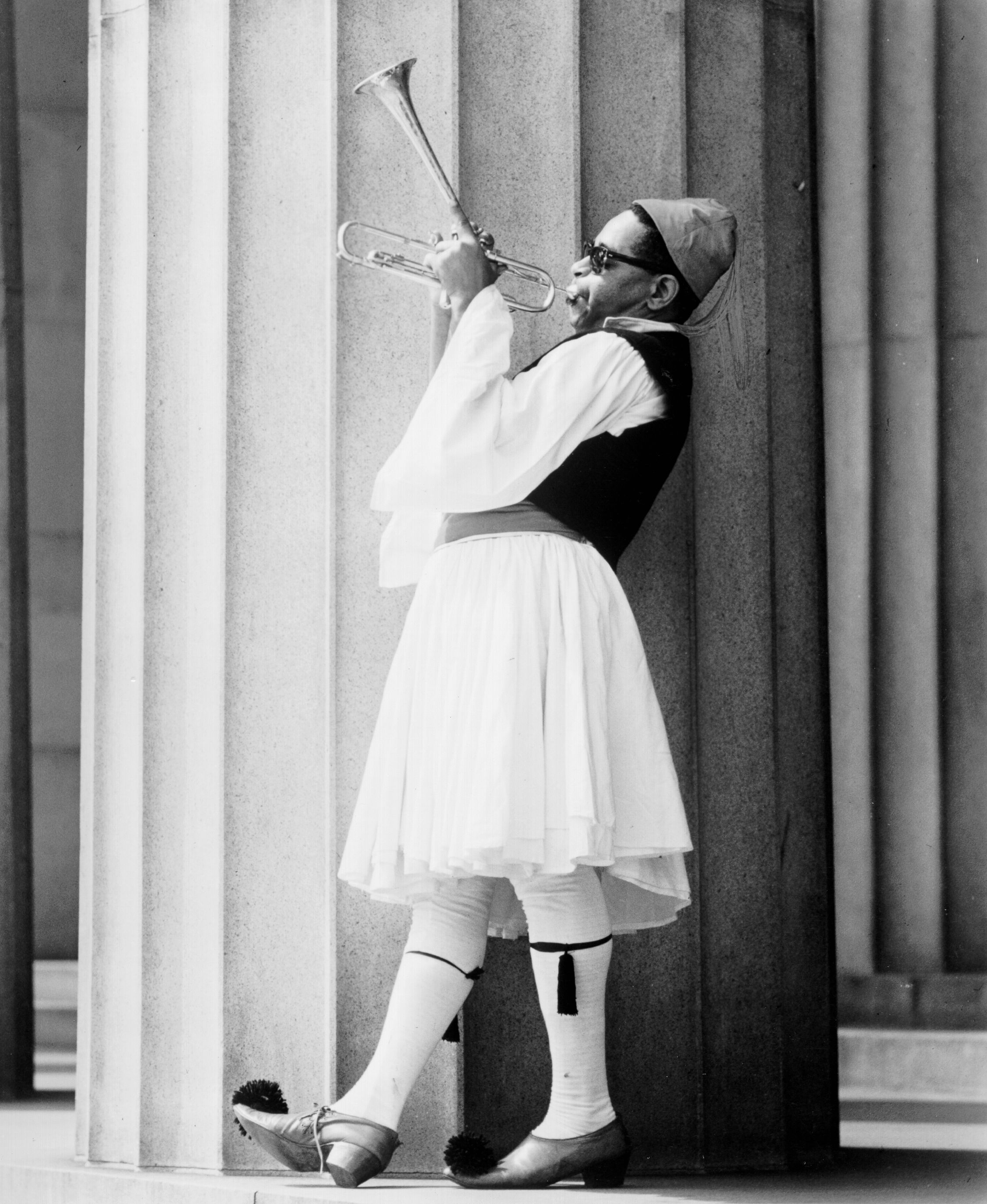
American jazz trumpet player Dizzy Gillespie performs during a concert in Greece. (© Michael Ochs Archives/Getty Images)
American jazz trumpet player Dizzy Gillespie performs during a concert in Greece. (© Michael Ochs Archives/Getty Images)
Other jazz greats, including Louis Armstrong, Brubeck, Duke Ellington, Benny Goodman, and Sarah Vaughan served as jazz ambassadors between the 1950s and 1970s, bringing the world the free-flowing musical style so reflective of American values.
The Dizzy Gillespie Quintet performs "Tequila" in Germany in 1960. (National Archives)
The Dizzy Gillespie Quintet performs "Tequila" in Germany in 1960. (National Archives)
“In jazz, you are not afraid to improvise. In jazz, you have to listen,” University of Southern California public diplomacy professor Nicholas Cull says, highlighting virtues that are also central to the U.S. democratic system. “You could not listen to this music without experiencing those principles and sharing in that freedom.”
Bringing goodwill
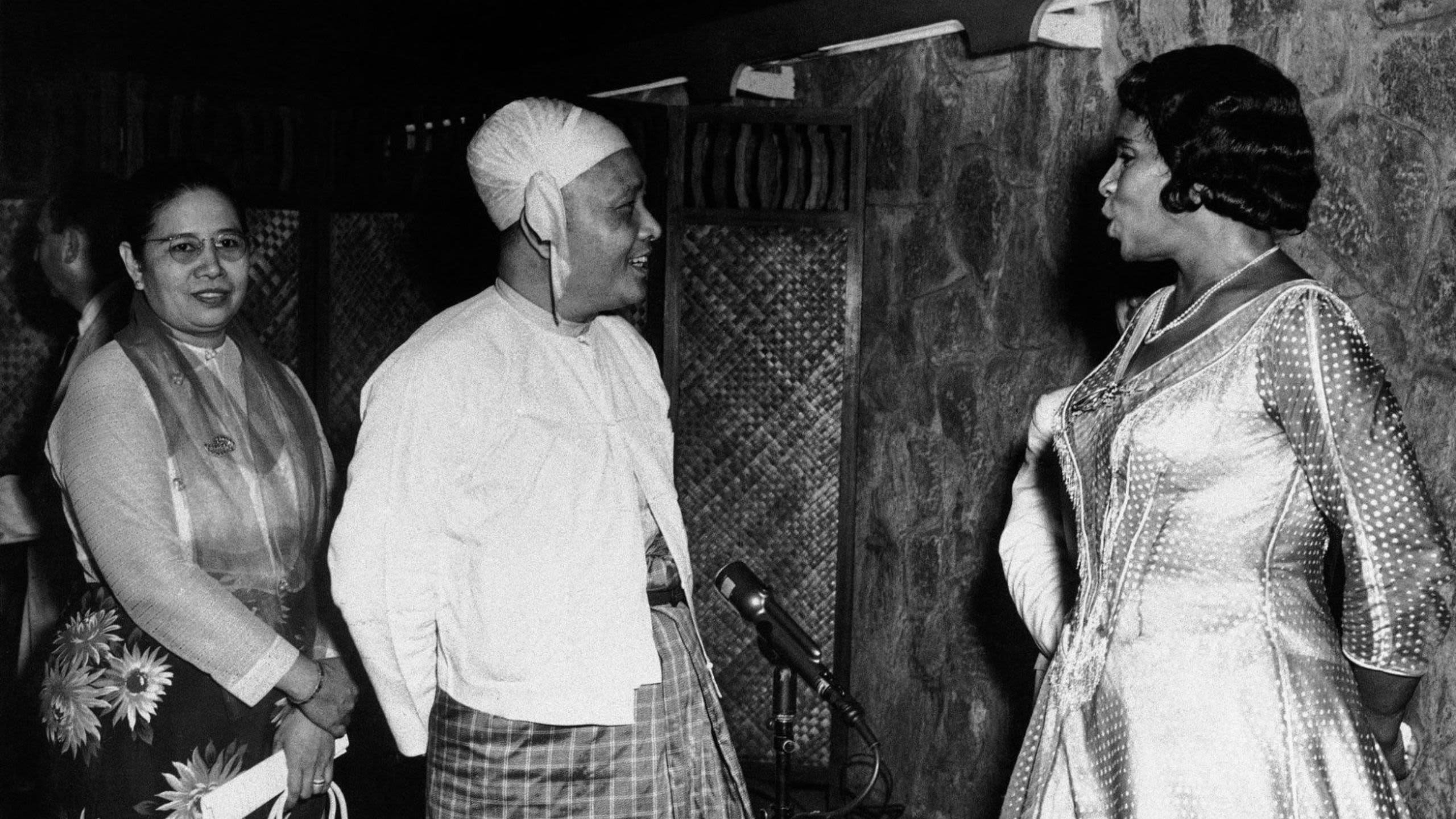
American musicians serving as cultural or goodwill ambassadors dates at least as far back as the 1940s. Composer Aaron Copland visited Latin America in 1941, part of President Franklin Delano Roosevelt’s effort to promote shared cultural ties between the Americas.
Copland returned to Latin America several times in the 1940s and 1960s. He performed, took to the radio and mentored local composers. His travel diaries and correspondence with Latin American musicians are at the Library of Congress.
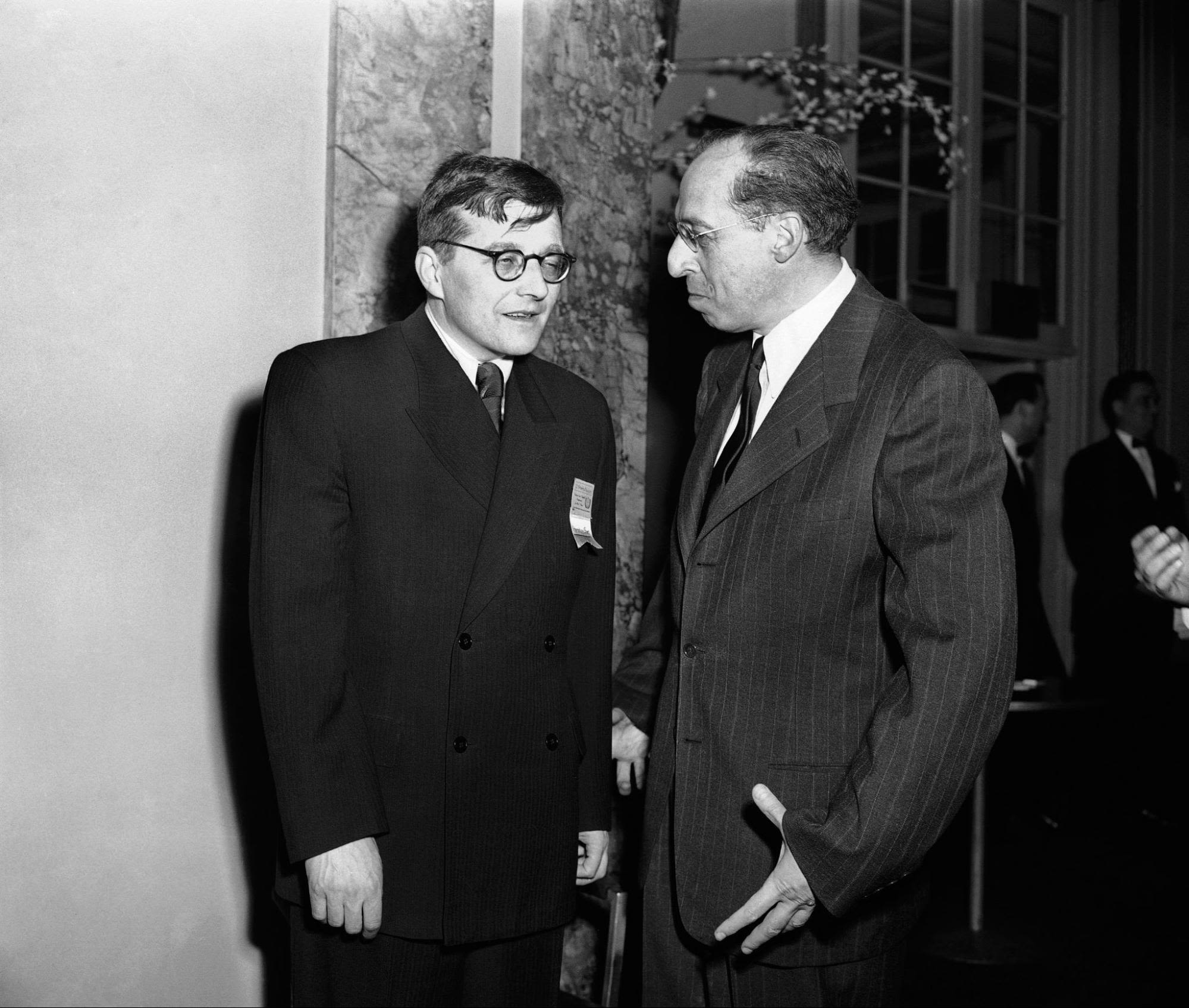
Russian composer Dmitri Shostakovich (left) and American composer Aaron Copland talk before the Cultural and Scientific Conference for World Peace in New York March 25, 1949. (© AP)
Russian composer Dmitri Shostakovich (left) and American composer Aaron Copland talk before the Cultural and Scientific Conference for World Peace in New York March 25, 1949. (© AP)
In 1957, contralto Marian Anderson performed two dozen concerts across Asia. Anderson, who sang various styles from opera to hymns, performed for several thousand at the Mahatma Gandhi memorial in Delhi and praised the political and spiritual leader.
“His life, as you know, is as a beacon which shines [ever] bright to those that need it most,” Anderson said during her performance.
Anderson performs "Lead Kindly Light" at the Mahatma Gandhi memorial in Delhi, India, 1957. (National Archives)
Anderson performs "Lead Kindly Light" at the Mahatma Gandhi memorial in Delhi, India, 1957. (National Archives)
President Dwight Eisenhower later appointed Anderson to serve as a delegate to the U.N. Human Rights committee.
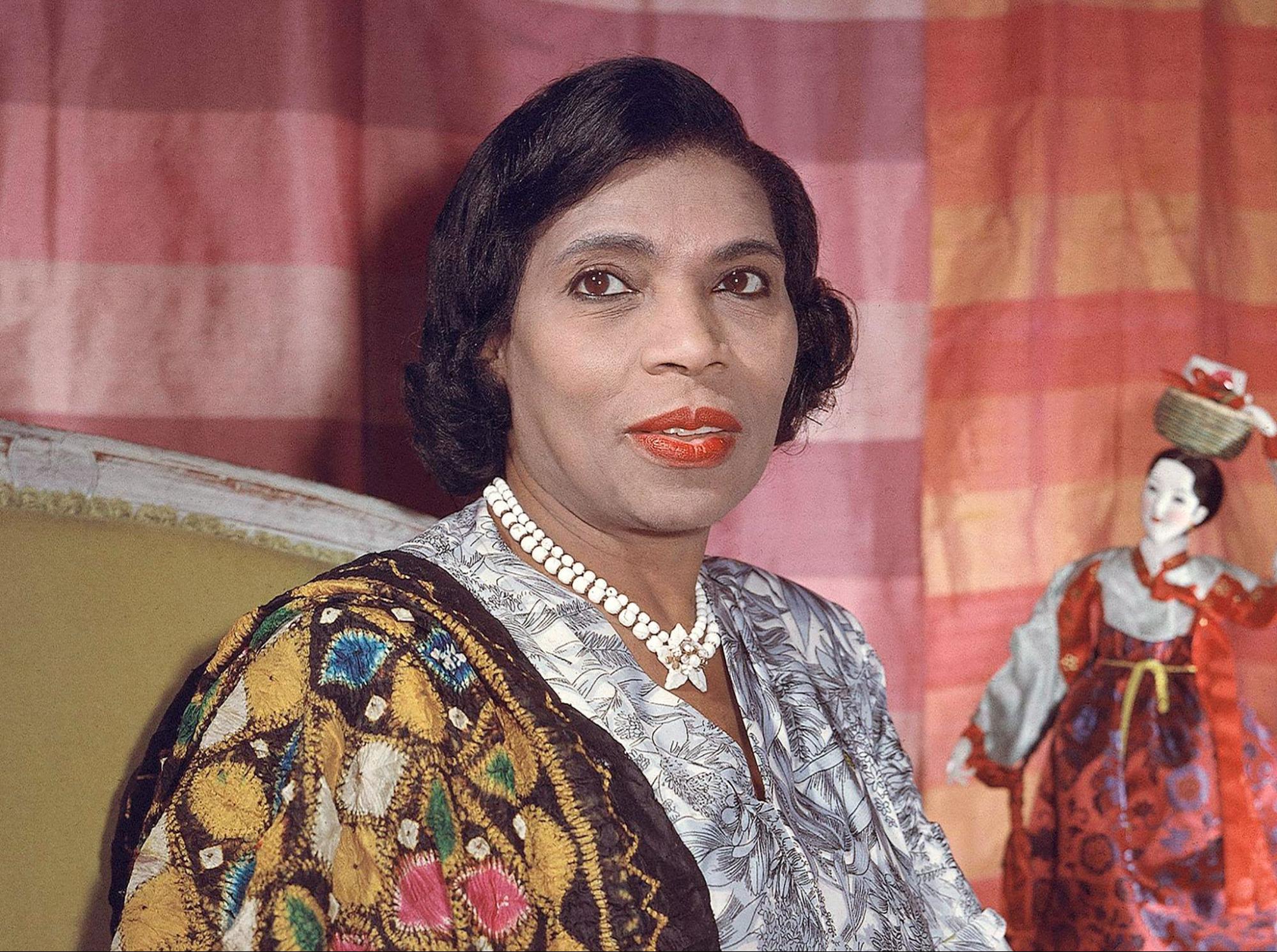
Anderson seen at home in New York in August 1958 with a shawl and a doll she received as gifts while visiting Asia. (© AP)
Anderson seen at home in New York in August 1958 with a shawl and a doll she received as gifts while visiting Asia. (© AP)
Bridging Cold War divides
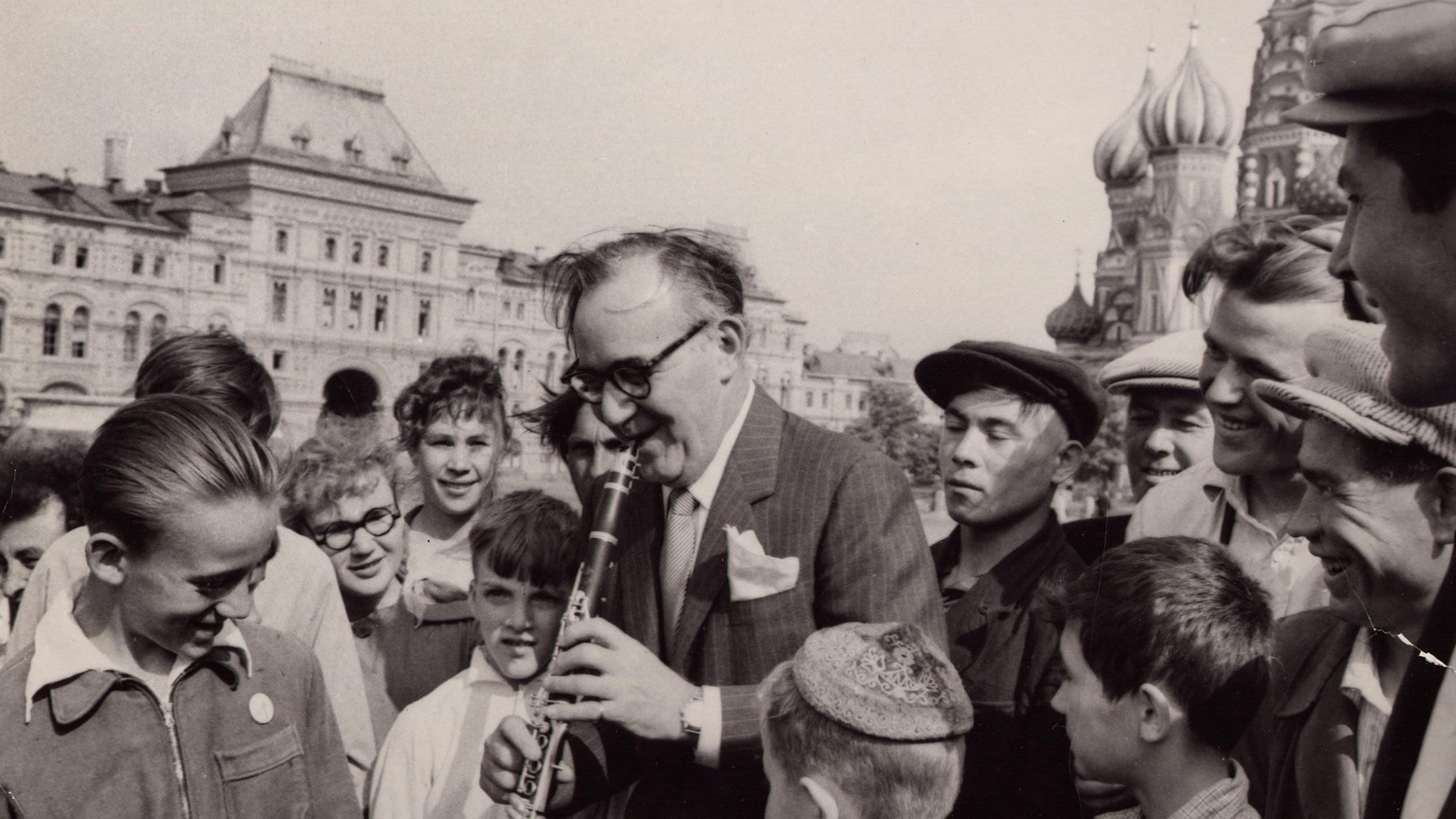
In the 1950s through the 70s, American musicians captivated audiences in unlikely places.
In 1959, the New York Philharmonic played a 17-nation tour, including performances in Eastern Europe and the Soviet Union. The orchestra's conductor Leonard Bernstein called the tour a “mission of friendship” and played music from the United States and host countries.
“This mission must work both ways in order to accomplish real friendship,” Bernstein told an audience in Moscow, before performing music by Dmitri Shostakovich, with the Russian composer in attendance.
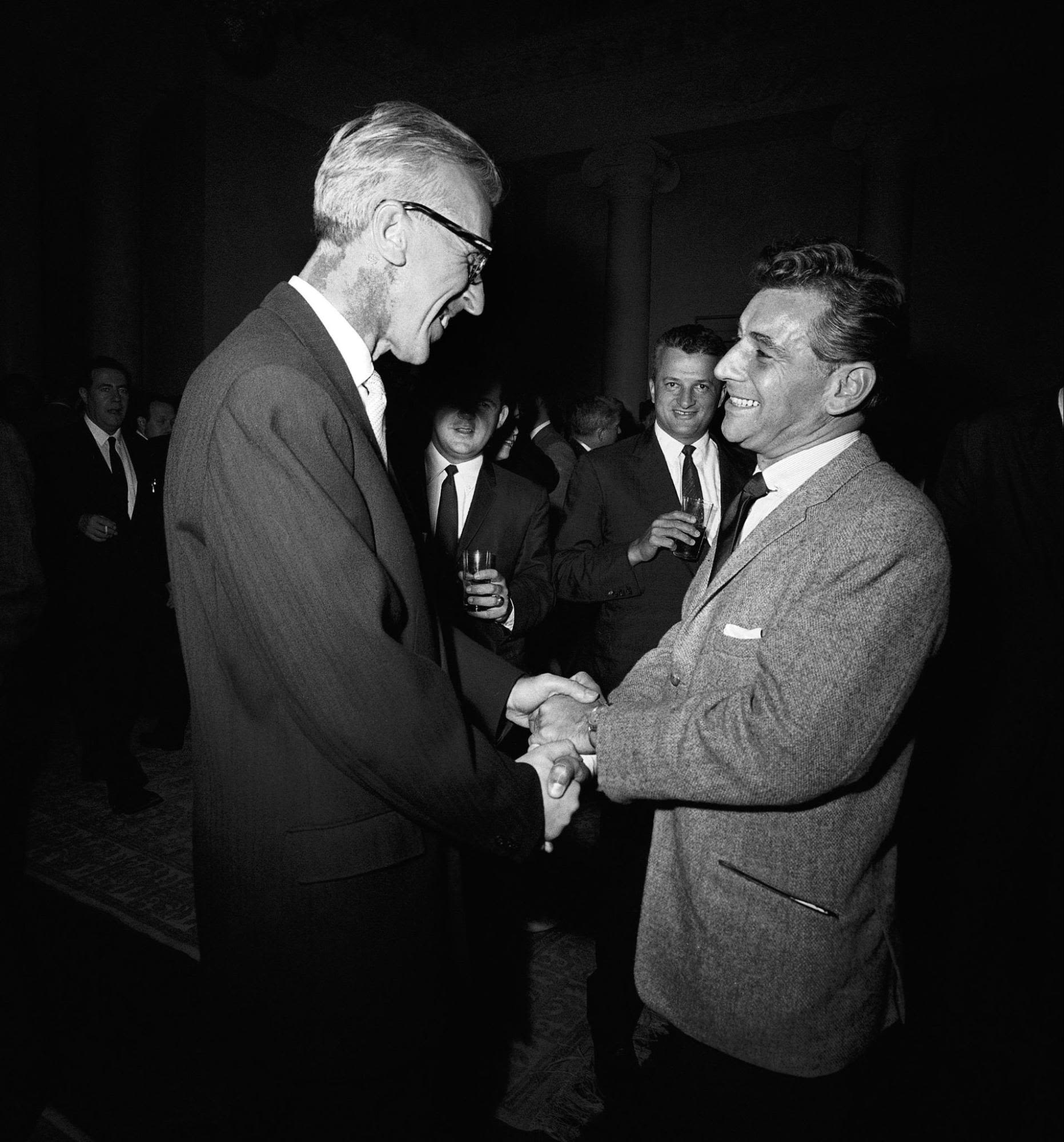
New York Philharmonic Conductor Leonard Bernstein meets with Russian composer Dmitry Kabalevsky (left) in Moscow August 27, 1959. (© Hans Von Nolde/AP)
New York Philharmonic Conductor Leonard Bernstein meets with Russian composer Dmitry Kabalevsky (left) in Moscow August 27, 1959. (© Hans Von Nolde/AP)
Famed clarinetist Benny Goodman toured the Soviet Union in 1962, at the height of the Cold War.
The Voice of America's “Music USA” show had been broadcasting jazz overseas since 1955, building an audience for Goodman's turn in Red Square. According to news reports, Soviet leaders bristled at jazz's influence but couldn't stop its growing popularity.
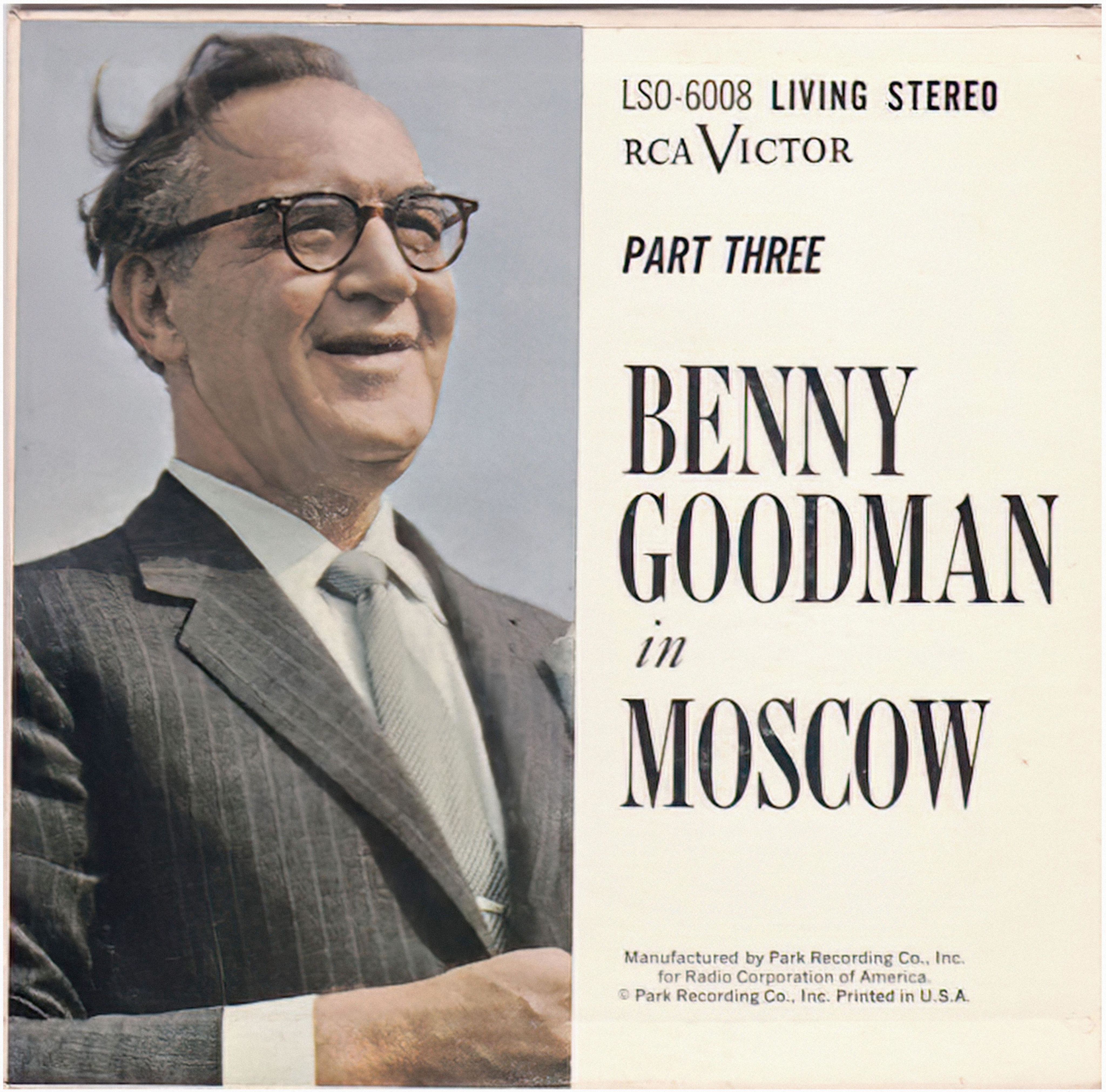
(© Popimages/Alamy)
(© Popimages/Alamy)
Goodman performed a six-city Soviet tour and included Russian folk music in his jazz takes. After a Moscow performance, Soviet Premier Nikita Khrushchev, who attended alongside U.S. ambassador Llewellyn Thompson, sent Goodman a note saying he was “very pleased and delighted to be at the concert.”
(WSB-TV Newsfilm Collection, University of Georgia Libraries)
(WSB-TV Newsfilm Collection, University of Georgia Libraries)
The Philadelphia Orchestra toured the People’s Republic of China (PRC) in 1973, when the U.S. and the PRC lacked formal diplomatic ties. In November 2023, the orchestra returned to China with the support of the State Department’s Arts Envoy Program to play a concert commemorating the 50th anniversary of its 1973 tour.
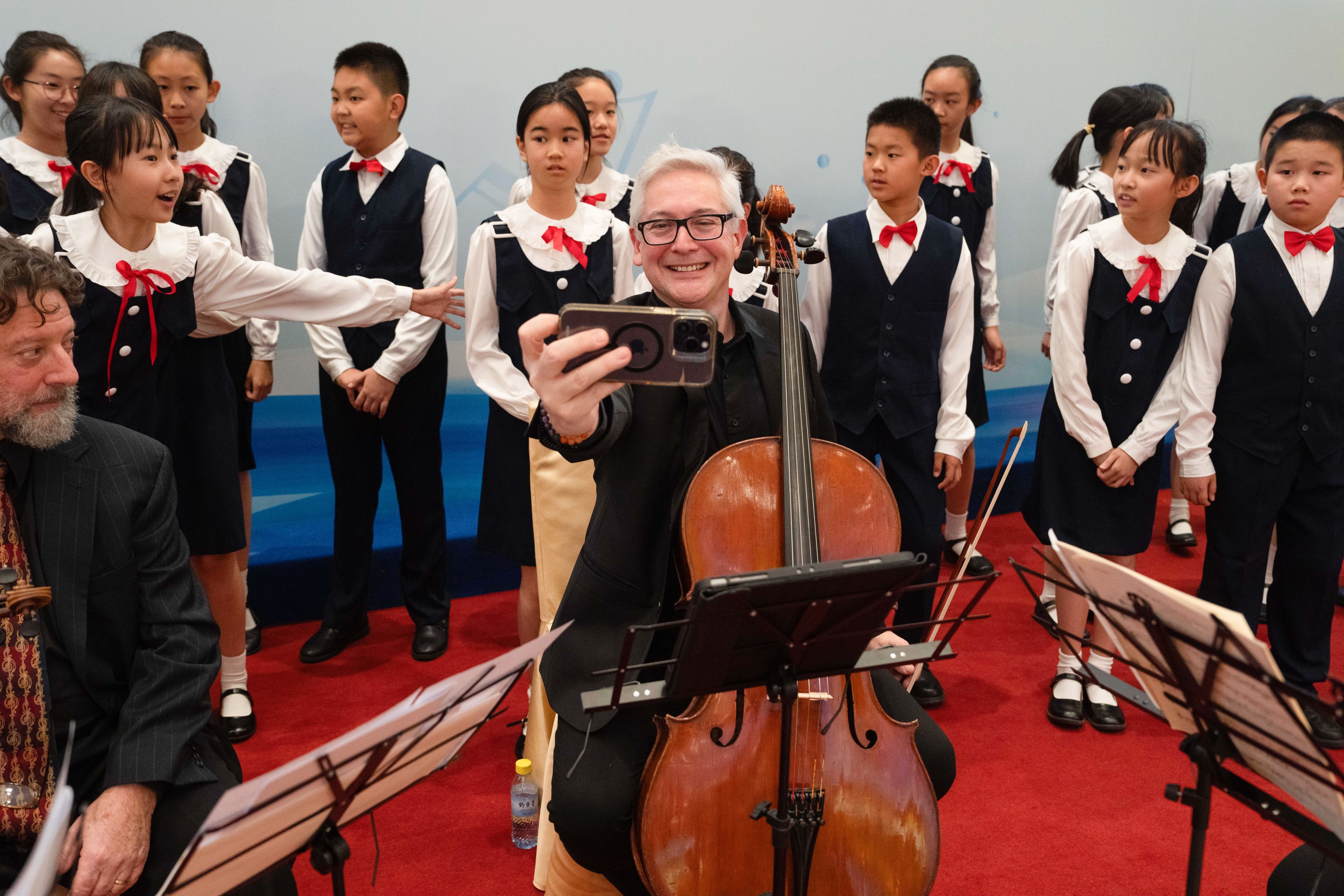
Philadelphia Orchestra cellist John Koen takes a selfie with young singers from the Beijing Philharmonic Choir during rehearsals ahead of the 50th anniversary of the Philadelphia Orchestra's first concert in China. (© Ng Han Guan/AP)
Philadelphia Orchestra cellist John Koen takes a selfie with young singers from the Beijing Philharmonic Choir during rehearsals ahead of the 50th anniversary of the Philadelphia Orchestra's first concert in China. (© Ng Han Guan/AP)
Organizing benefit concerts
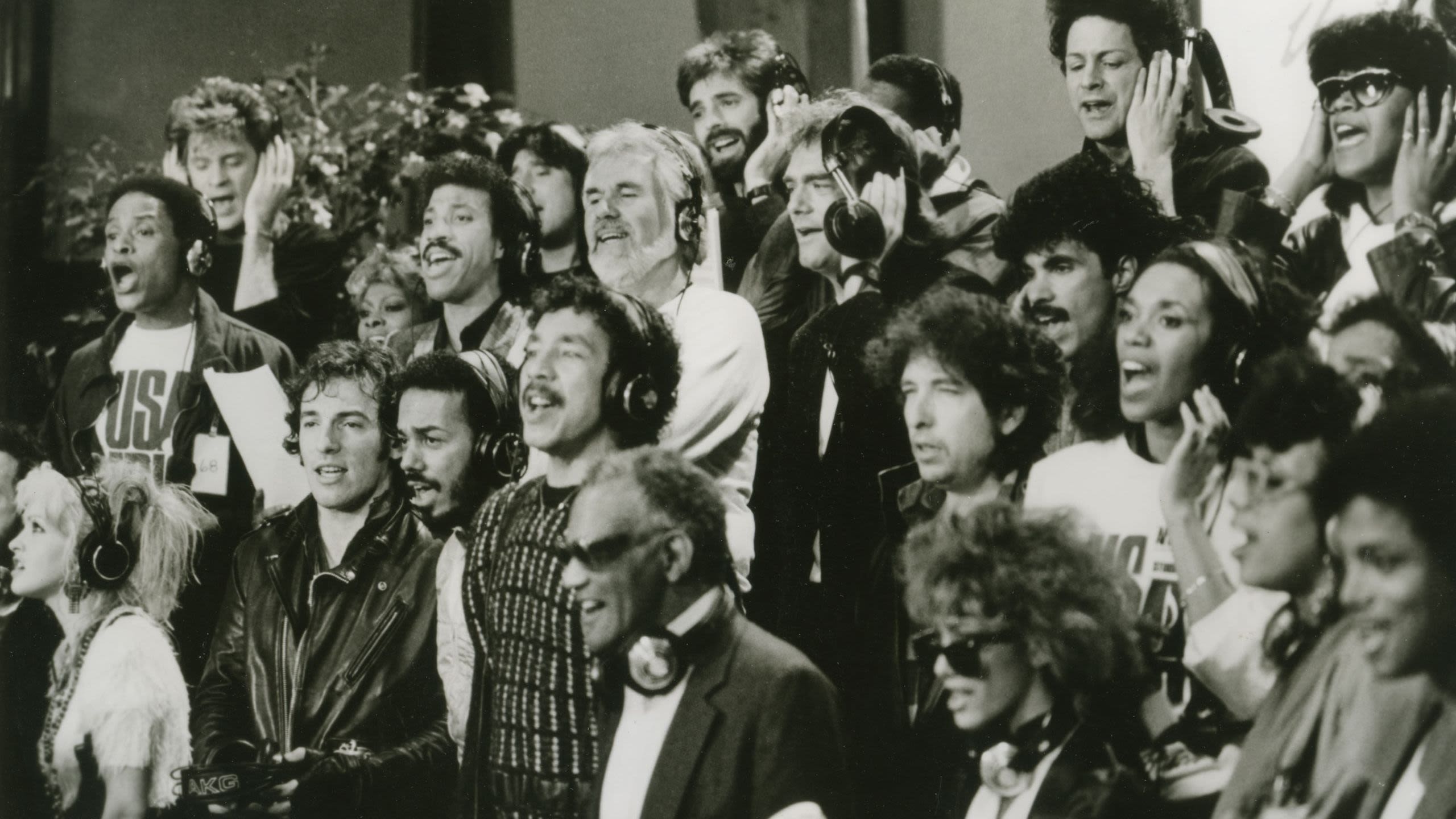
In the 1980s and 1990s, U.S. musicians, recognizing their growing influence, arranged landmark performances inspired by world events. Though not U.S.-government sponsored, these performances captured the spirit of diplomacy.
In January 1985, stars of American music recorded the song “We are the World” to support famine relief in Africa. Calling themselves USA for Africa, the team convened 45 performers from pop, rock, country, and soul, and included luminaries such as Bob Dylan, Bruce Springsteen, Tina Turner, and Stevie Wonder. The song sold 7 million copies, raising $60 million.
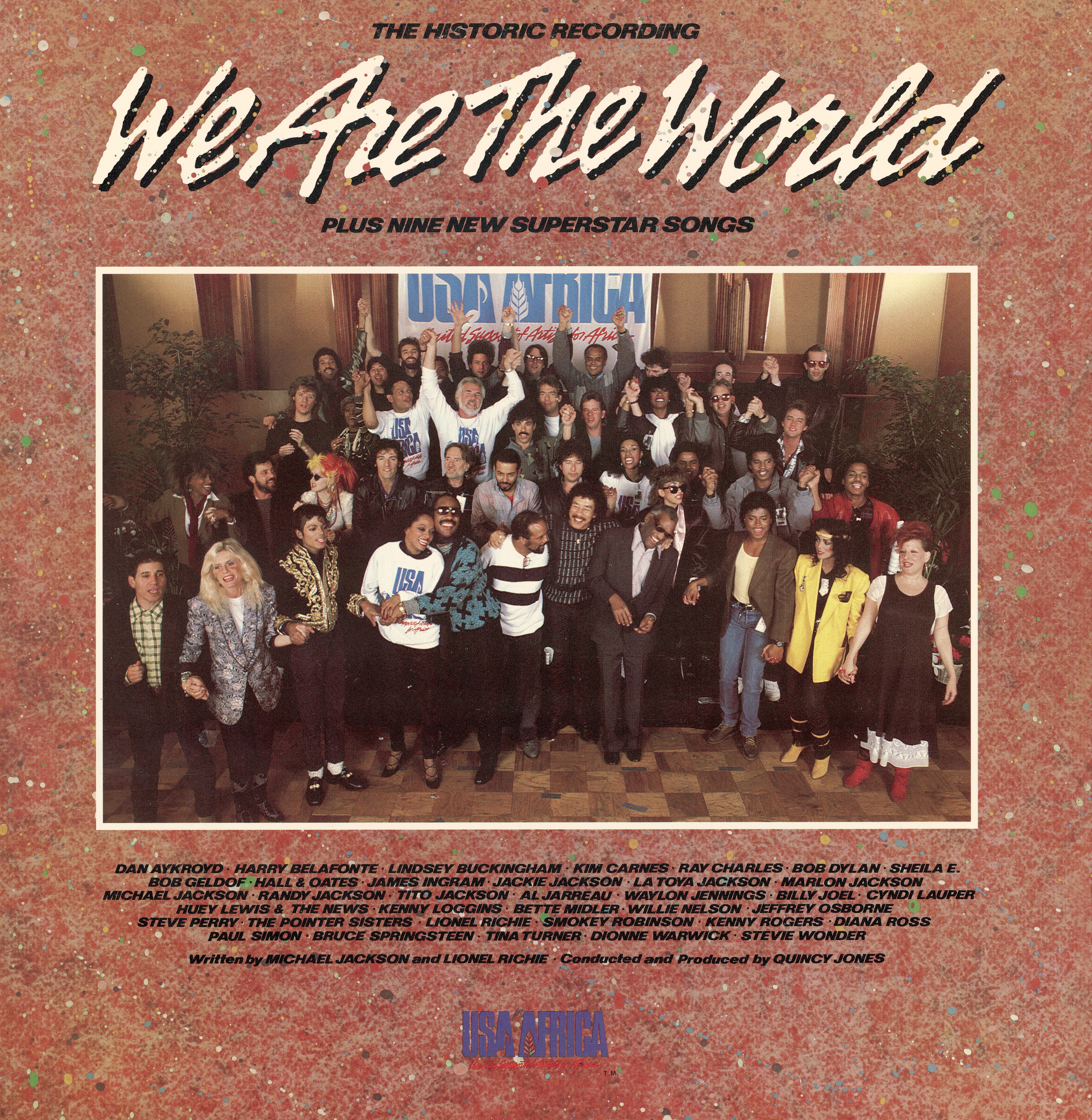
(© Blank Archives/Getty Images)
(© Blank Archives/Getty Images)
In November 1994, Whitney Houston’s Concert for a New South Africa honored Nelson Mandela's election. The three-concert series was the first performance by a major act in post-apartheid South Africa and raised money for children's charities.

South African President Nelson Mandela with singer Whitney Houston November 10, 1994, in Pretoria, South Africa. (© Reuters)
South African President Nelson Mandela with singer Whitney Houston November 10, 1994, in Pretoria, South Africa. (© Reuters)
Improvising hip-hop rhymes
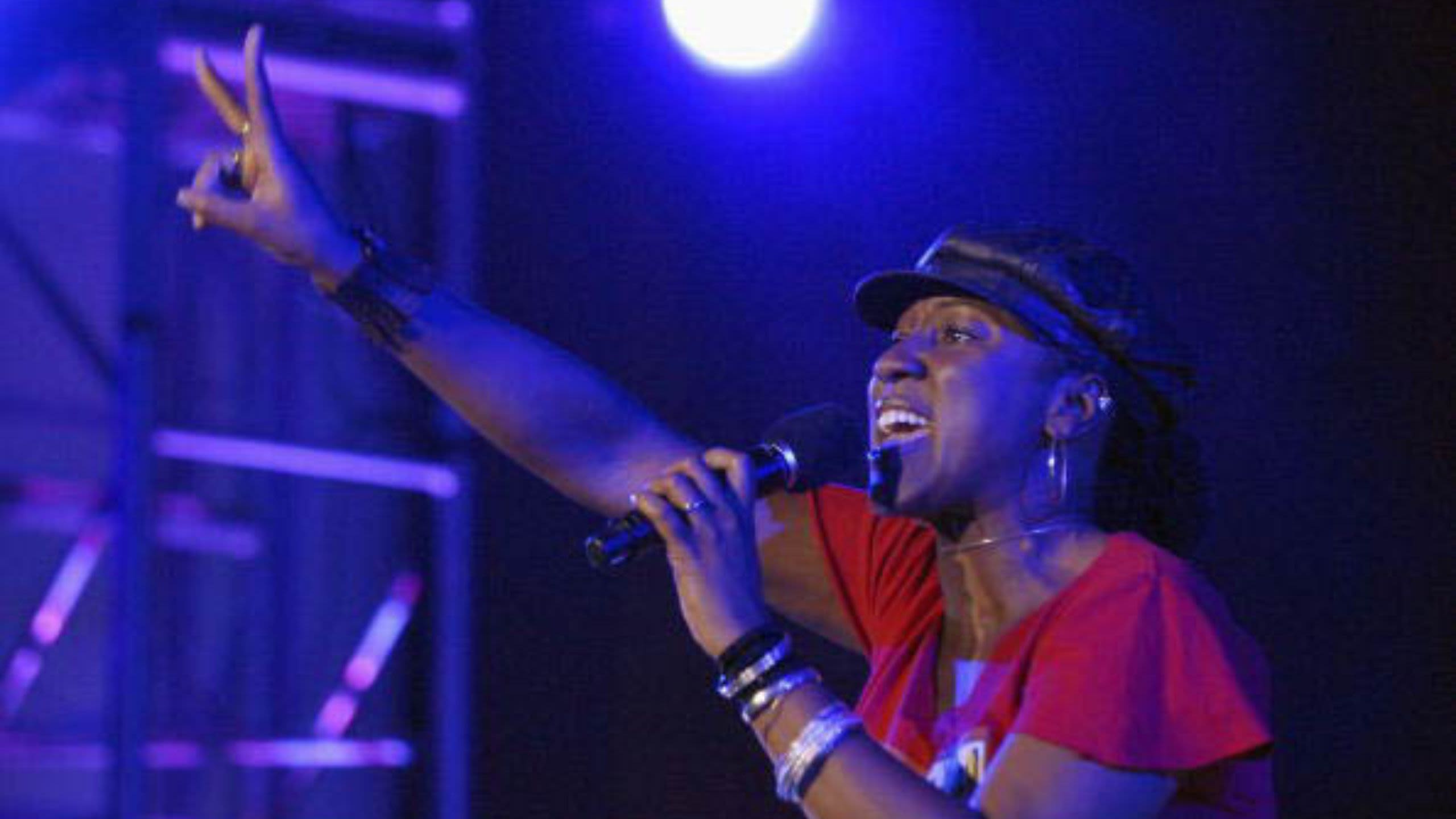
In 2001, Toni Blackman became America’s first hip-hop ambassador. Since then, she’s visited dozens of countries to teach workshops and perform. Blackman helped young people in Senegal make digital music and collaborated with musicians in the Democratic Republic of the Congo on a music video against domestic violence.
“Music has been used historically in every social movement,” Blackman says in a September 2023 interview on her diplomatic work and efforts to prevent HIV/AIDS. "Lyrics get into your brain. Social messages can stick in the mind. One song can change a person’s life. One song can save a person’s life — it can alter their behavior, which will alter their destiny.”
Connecting cultures
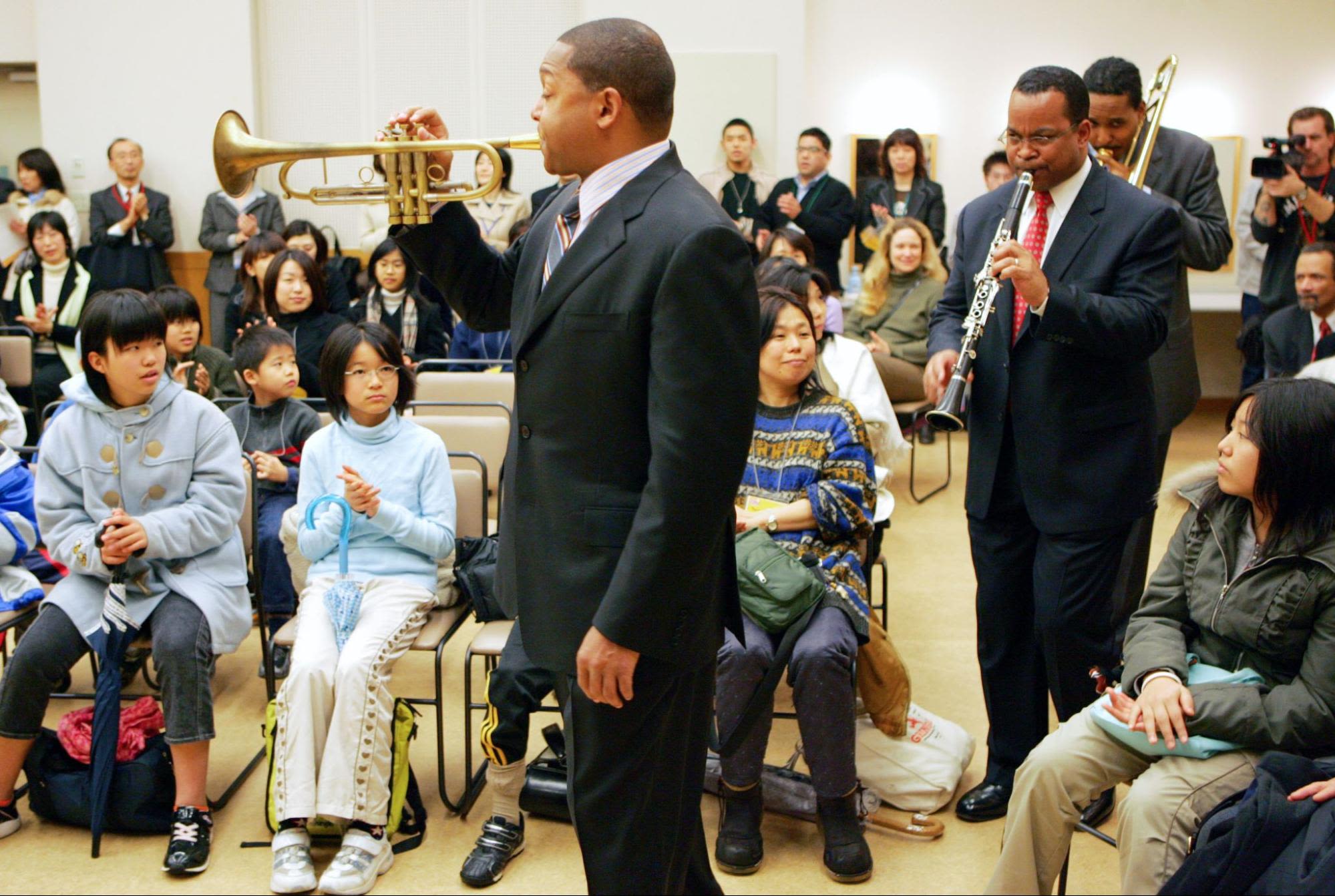
In 2003 and 2004, Mary Wilson of the Supremes performed in Uruguay and visited countries, including Bangladesh, Botswana, and Oman, as part of a U.S. Department of State program.
After the September 11, 2001, terrorist attacks, the State Department enlisted professionals from a variety of fields to increase understanding of the United States abroad. Representatives from the arts, business, sports, and education mentored youth around the world through clinics, coaching, master classes, and performances.
Jazz trumpeter Wynton Marsalis and cellist Yo-Yo Ma lent their talents to the effort.
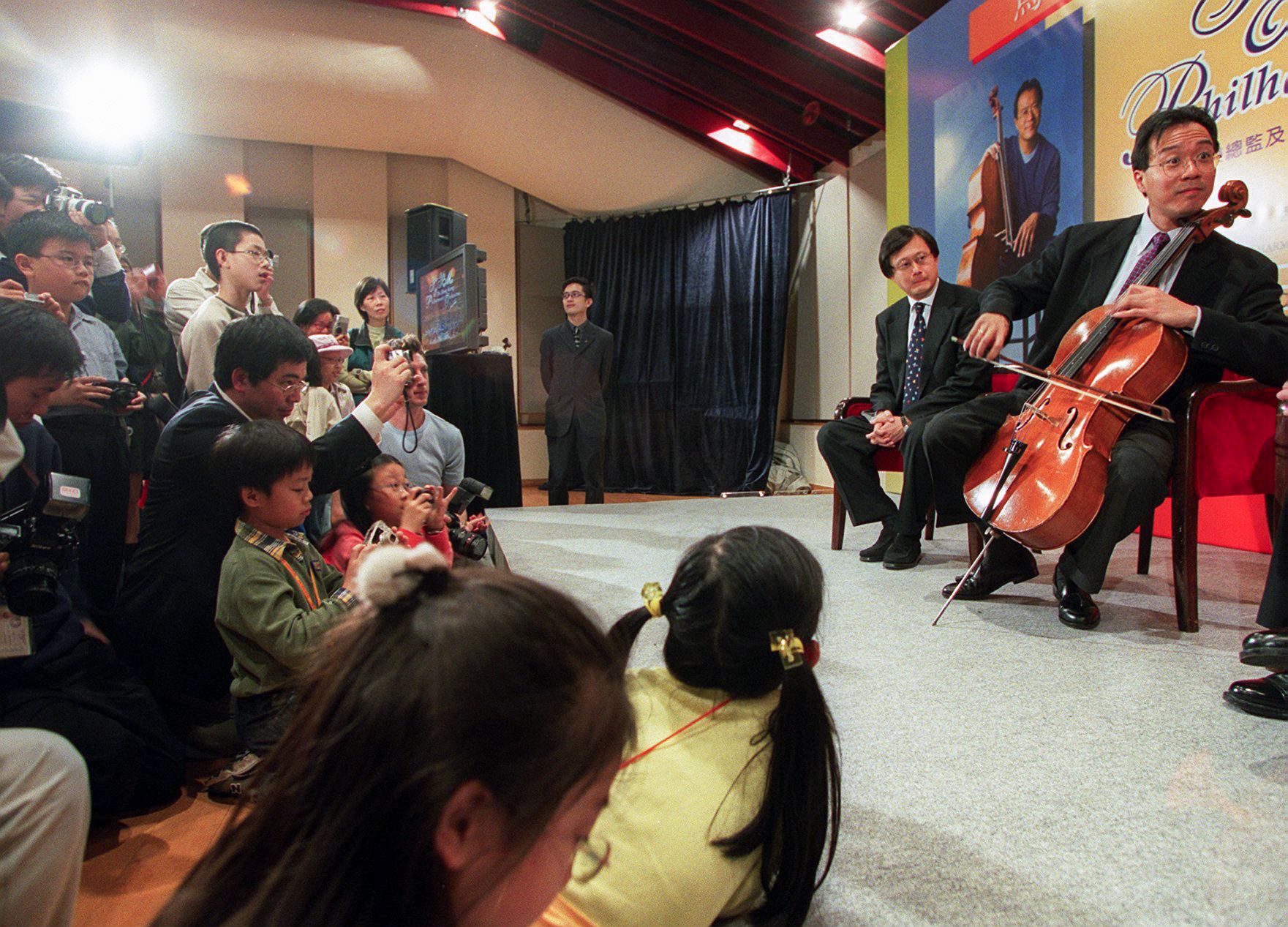
Cellist Yo-Yo Ma plays during a news conference at the Hong Kong Cultural Centre. (© K. Y. Cheng/South China Morning Post/Getty Images)
Cellist Yo-Yo Ma plays during a news conference at the Hong Kong Cultural Centre. (© K. Y. Cheng/South China Morning Post/Getty Images)
Networking across borders

Today, U.S. music diplomacy forges connections among musicians and helps them find new opportunities. Exchanges such as American Music Abroad and OneBeat bring together musicians from different countries to collaborate and perform.
Tony Memmel, of Nashville, Tennessee, crafted a cast that would hold a pick so he could play guitar despite being born without part of an arm. Through American Music Abroad, which sends U.S. musicians to 40 countries per year, Memmel has worked with Singapore’s Cerebral Palsy Alliance to adapt methods for young people to play musical instruments.
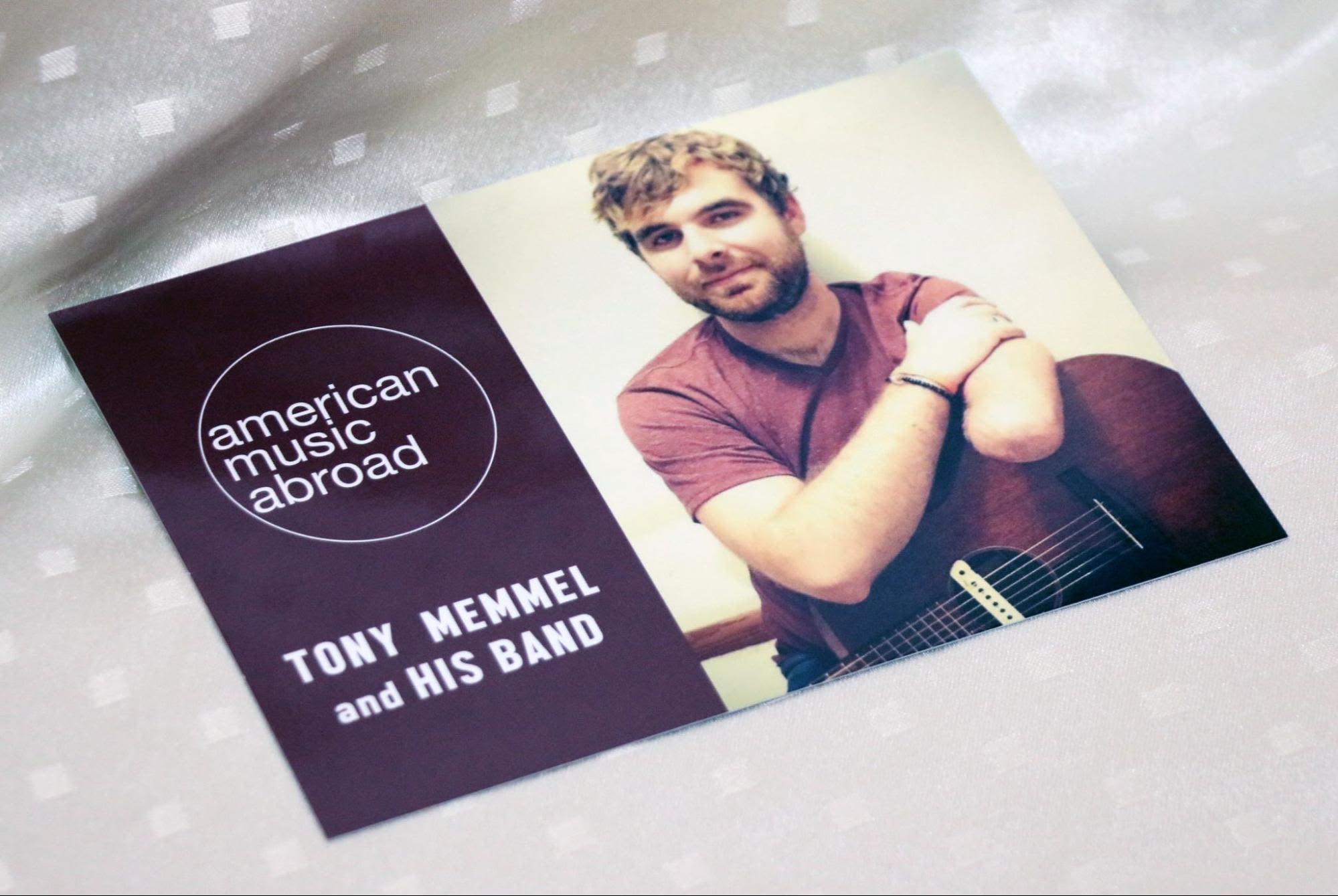
A flyer promotes Tony Memmel's performance in Kuala Lumpur. (U.S. Embassy Kuala Lumpur)
A flyer promotes Tony Memmel's performance in Kuala Lumpur. (U.S. Embassy Kuala Lumpur)
The group LADAMA met in 2014 through OneBeat, a musical exchange that has convened more than 500 musicians from 68 countries to collaborate and perform in 13 countries. LADAMA, whose members hail from Brazil, Colombia, the United States, and Venezuela, creates original music and works with communities in various countries.
Expanding music diplomacy
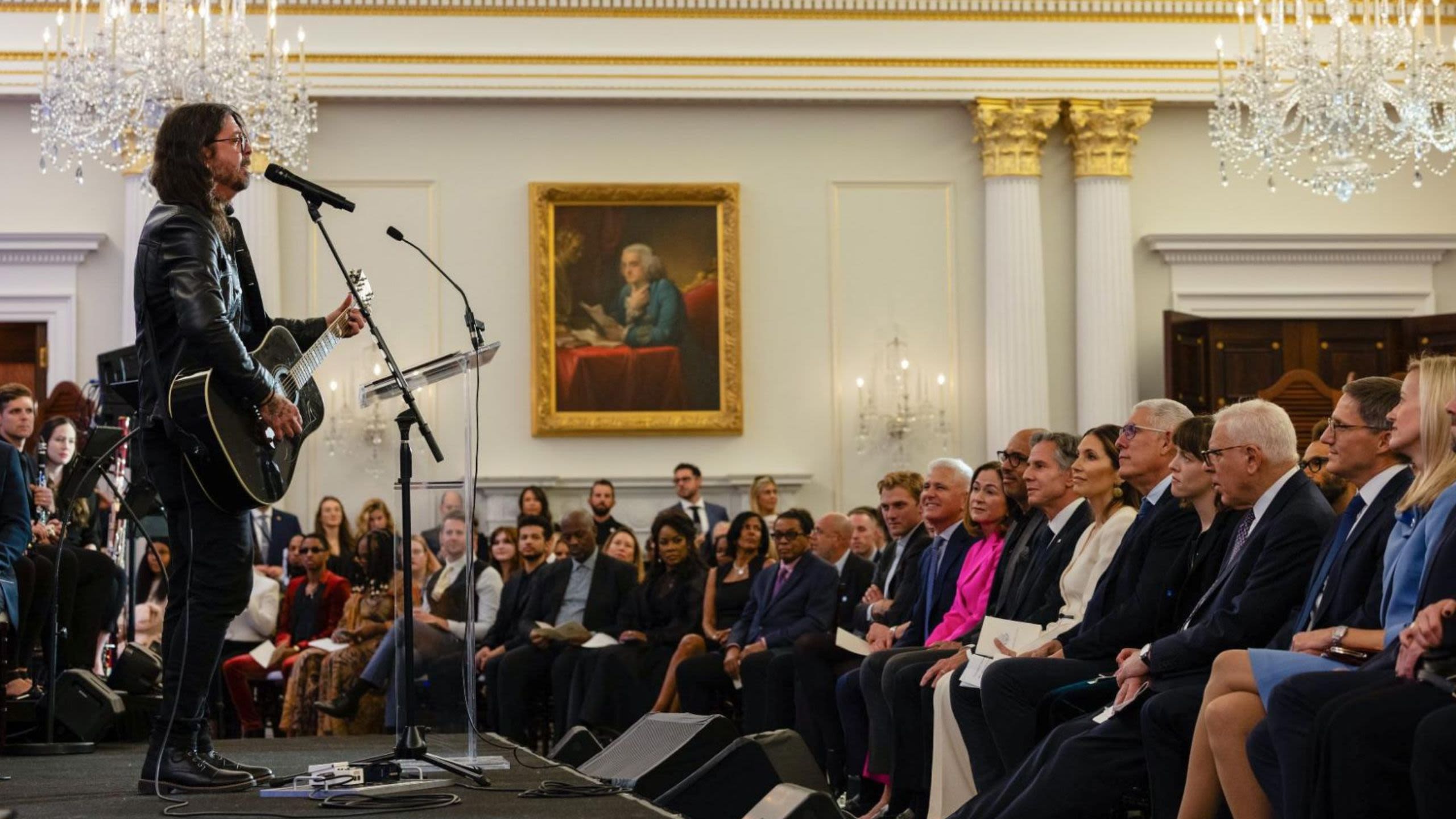
The United States is expanding its musical diplomacy with new partnerships that will use music to support education and economic growth to benefit musicians, society, and the environment. New efforts include these:
- A new American Music Mentorship Program, in partnership with The Recording Academy, will bring music professionals from other countries to learn from U.S. experts.
- A Fulbright fellowship at the Kennedy Center for the Performing Arts in Washington for an artist-in-residence to study how the arts contribute to individual and global well-being.
- The State Department’s expanded incorporation of music into its English language classes abroad.
Jazz legend Herbie Hancock reflects upon the power of music.
Jazz legend Herbie Hancock reflects upon the power of music.
Blinken announced these three new initiatives, part of a new Music Diplomacy Initiative, at a September 2023 launch at the State Department. The event included performances by LADAMA, jazz great Herbie Hancock, and Blinken himself, who performed a blues classic.
LADAMA performs "Inmigrante" at the launch of the Global Music Diplomacy Initiative at the U.S. State Department in Washington September 27, 2023.
LADAMA performs "Inmigrante" at the launch of the Global Music Diplomacy Initiative at the U.S. State Department in Washington September 27, 2023.
In his remarks, the secretary harkened back to Brubeck's belief in music's power to connect people, despite barriers.
"Music gives us a space to express ourselves, to hear one another, to build a sense of community and understanding that helps us work together," Blinken said.
Writer: Dave Reynolds
Photo editor: Suzy Mast
Video producer: Saleah Loomis
Copy editor: Kathleen Hendrix
Digital storyteller: Pierce McManus
More digital stories from U.S. Department of State
